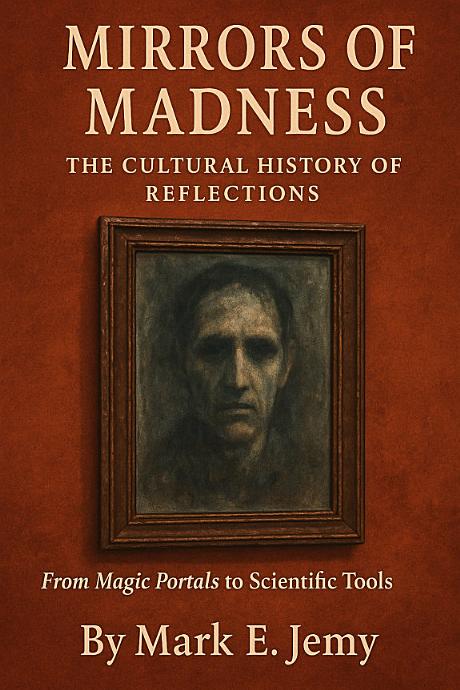Mirrors of Madness: How Asylums Used Reflections to Control and Cure
Mirrors of Madness: How Asylums Used Reflections to Control and Cure
In 'Mirrors of Madness', delve into the captivating history of how asylums used mirrors not just as tools of control but as potential instruments of healing. This book takes you on a journey through the corridors of mental health treatment, where reflections were more than simple glass—they were gateways to understanding the mind.
The Historical Context
Asylums have long been shrouded in mystery and intrigue, their methods often controversial. This book explores the nuanced role mirrors played in these institutions, offering insights into the past practices that shaped modern psychological treatment.
Reflections as Tools of Control
Discover how mirrors were strategically placed within asylums to influence behavior and perception. These reflective surfaces were thought to have the power to alter mental states, providing both a means of surveillance and a tool for psychological intervention.
The Healing Potential
Beyond control, 'Mirrors of Madness' examines how reflections were believed to aid in healing. The book uncovers the theories and practices that highlighted the therapeutic potential of mirrors, challenging our modern understanding of mental health treatments.
Exploring Perception and Reality
This book invites readers to question the boundaries between perception and reality. How do mirrors influence our self-image and mental state? 'Mirrors of Madness' provides a thought-provoking exploration of these themes, encouraging a deeper understanding of the mind.
FAQs
- What is the main theme of the book? The book explores how mirrors were used in asylums for control and potential healing.
- Who would find this book interesting? Anyone interested in psychology, history, or the intersection of mental health and perception.
- Does the book discuss modern implications? Yes, it reflects on how historical practices influence current mental health treatment.
This work examines the invisible frameworks behind human reasoning — how emotion, perception, and memory form a complex network of ideas that shape our daily behavior. By drawing on modern psychology, the book reveals why we cling to certain patterns of thought and how awareness can shift them.
The result is not just a collection of ideas, but a living dialogue that invites participation, self-inquiry, and perspective.
Ultimately, this book leaves the reader with a sense of clarity and curiosity — a reminder that understanding begins when we dare to question what we think we already know.

